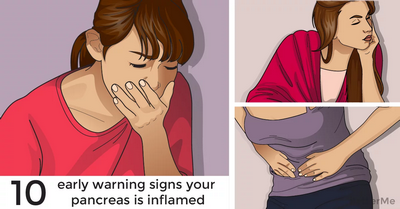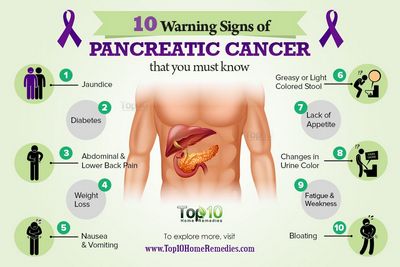Pancreatitis is the inflammation of the pancreatic ducts and is often associated with jaundice, but pancreatitis treatment also varies depending on the severity of the condition and the type of pancreatic damage that has been done.

In general, people who have diabetes and a history of pancreatic cancer are more susceptible to developing chronic pancreatitis. In the United States, about 20% of people with diabetes develop chronic pancreatitis. Although chronic pancreatitis is not very common, it can lead to death in some cases.
In general, the most common cause of pancreatic inflammation in western societies is alcoholism. Other potential causes include gallbladder disorder, hyperparathyroidism (an overproduction of parathyroid hormones) and other damage to the pancreatic ducts. Some pancreatic conditions, such as adenomas, also cause chronic inflammation, although this is much rarer. Tropical pancreatitis is a rare form of chronic pancreatitis and occurs in tropical regions of Asia and Africa, where food preparation techniques are very different to those used in the west.
When inflammation of the pancreatic duct causes scarring, fibrous plaques, which become ulcerated, develop in the pancreatic duct. These ulcers may also result from scarring caused by the infection of the pancreatic ducts, which can be very damaging. Some doctors treat these ulcers by removing them, but in more serious cases they will recommend surgery or radiation therapy to remove the affected ducts completely.
Some patients are put on a low-dose diet to reduce the symptoms of their chronic pancreatitis. However, there are no treatments available to help prevent pancreatic cancer or prevent scarring after surgery.
Chronic pancreatitis is not always life threatening, but many patients will experience abdominal pain and nausea, loss of weight, diarrhea, abdominal cramps, fatigue, and weight gain. Patients with advanced stages of the disease may feel shortness of breath and have difficulty swallowing.
Some patients may also experience a change in bowel habits. This includes changes in the appearance of the stool such as dark stools and bloody stools.

Because of the inflammation of the pancreatic ducts and other damage to the pancreatic duct, the pancreas produces fewer pancreatic secretions, which in turn increases the amount of bile and pancreatic acid in the blood.
Pancreatic biopsy usually confirms pancreatic cancer or fibrosis. The doctor may decide to perform a biopsy to confirm the diagnosis and determine if surgery or radiation therapy is necessary to remove the pancreatic ducts.
If surgery is recommended, it is important to get your doctor’s opinion about pancreatitis treatment. The doctor will take some blood tests to rule out cancer or other diseases.
Pancreatitis surgery can be divided into two categories: open surgery and laparoscopic surgery. There are differences between the two types of surgery, and the surgeon will discuss both with you when he or she examines you for pancreatitis treatment.
Laparoscopic Surgery is a minimally invasive surgery that involves cutting through the abdomen to remove the pancreatic ducts. This surgery is less invasive than the traditional open surgery. Patients can get an immediate discharge from the hospital and return home in a few hours. The recovery time is much longer in this surgery and it is more difficult to recuperate after the surgery.
With this type of surgery, the surgeon makes a small incision in the abdominal wall so that they can access the pancreatic ducts. They remove a small amount of the duct and use a small tool called a cannula to remove the duct. If there is any bleeding or inflammation, a local anesthetic is applied, which numbs the area.
After the surgical procedure, patients will need to stay at the hospital for a few days to recover and have someone check on them regularly. They may be given medicine to help keep their abdomen comfortable during the recovery period and may receive pain medications as well.
Most patients do not require hospitalization. Some patients do need to stay overnight for observation, but most recover fairly quickly and can return to work within a couple of weeks after the surgical procedure. If your doctor decides that surgery is needed, the surgery can be performed within one to three days and you can go back to work within a few days.